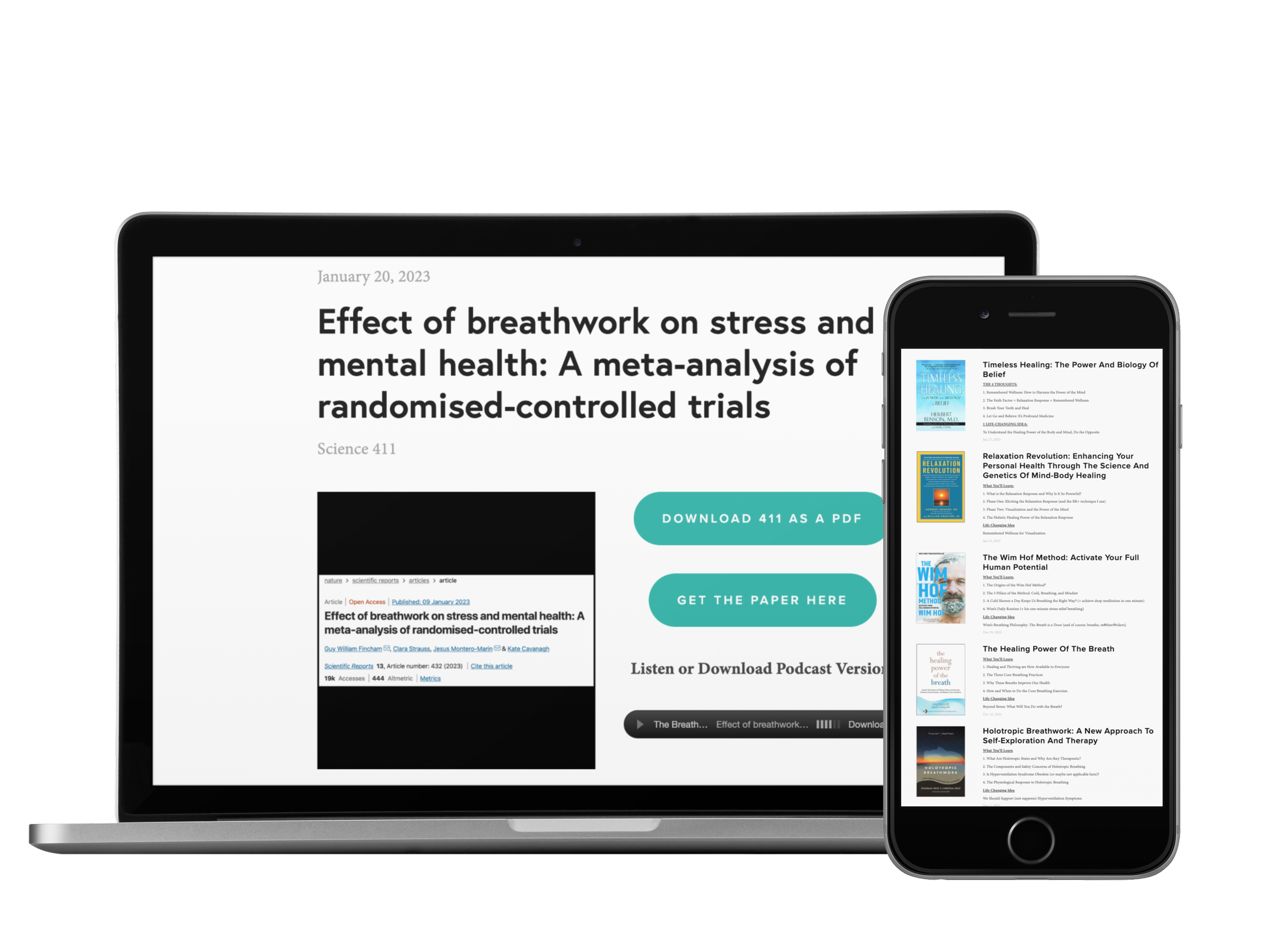Listen Instead of Reading
If you enjoy listening, you can subscribe to the audio version on Spotify, Apple Podcasts, and Audible so you don’t even have to look at the email 😊
Enjoy These Posts?
Reading Time: 2 min 4 sec
I hope the next 25’ish breaths are the most nourishing of your day.
4 THOUGHTS
1. My New Favorite Signs of Progress
“I look for changes in character and conduct. How selfless can you be? Can you restrain your senses when necessary? Can you go against your self-will when it benefits those around you? How long is your span of attention? These are the signs of progress in meditation.”
– Eknath Easwaran, Passage Meditation
Of course, there are many different signs of progress in meditation (and breathing and mindfulness), but these are my new favorites 😊. They offer a simple yet powerful way to assess whether these practices are truly changing our lives.
2. Majoring in the Minor
“That’s when I learned that people have a habit of looking for the next big thing when they haven’t spent any time mastering the simple thing in front of them….A lot of you are missing the forest for the trees. You’re majoring in the minor. You’re getting in the weeds.”
– Arnold Schwarzenegger
Got any areas of your practice where you’re “majoring in the minor?” (Guilty here 🤚) Let’s use this as a reminder to master the simple tools in front of us—things like slow breathing, meditation, and mindfulness—before we go looking for the next big thing.
3. Three Reminders to Breathe Nasally
1. “The nose is the silent warrior: the gatekeeper of our bodies, pharmacist to our minds, and weather vane to our emotions.”- James Nestor
2. “Nasal stimulation represents the fundamental link between slow breathing techniques, brain and autonomic activities and psychological/behavioral outputs.” - Frontiers (2018)
3. “Obsessed with notions of health, he was fascinated by his breathing. In fact, Kant developed a technique of breathing solely through his nose—250 years before scientists recognized the role of nasal breathing for good health. Kant was so determined to breathe only through his nose that he refused to walk with a companion, fearful that conversation might inadvertently make him inhale through his mouth. Kant lived to just short of his eightieth birthday, a phenomenal age in 1804.” - Annabel Streets
4. Belly Laughing as Good as Crunches
“Break into a full belly laugh and you hit two pillars of stress control in one go. A recent study found that laughing really hard provides a better core workout than crunches.”
– Caroline Williams, Move
We already know that laughter significantly reduces cortisol, but here we learn it might be as effective—or even better—than crunches for our core. Let’s use that as our friendly reminder to laugh this week to support both our physical and mental health 😊
1 Quote
“Breathing is not only critical to sustaining life, but done correctly and consciously, it can be a valuable tool for getting the most out of every human endeavor, from the most demanding physical challenges to the pursuit of understanding life’s deepest spiritual mysteries.””
1 Answer
Category: Nasal Breathing and the Brain
Answer: Slow nasal breathing increases these slow brainwaves often associated with sleep, creativity, and relaxation more than slow mouth breathing does.
…
(Cue the Jeopardy! music.)
…
Question: What are theta brainwaves?
In good breath,
Nick Heath, T1D, PhD
“Breathing is the compound interest of health & wellness.”
P.S. Celery with anxiety
Elevate Yourself
Embrace a more thoughtful approach to a happier and fulfilling life: become a Mixed Mindful Artist. Instead of trying to fit into a single method, you can integrate the principles of breathing, meditation, and mindfulness to find a balanced and adaptable practice that supports your well-being in every stage of your life. Learn more.
The Breathing App for Diabetes
This is the first program specifically made for people with diabetes to help manage their stress through breathing and mindfulness practices. In addition to the amazing program inside the app, we have some really neat things coming up, so sign up now!
Amazon Associate Disclosure
I’ve been recommending books for almost 6 years. Yet somehow, I just discovered that I could be an Amazon affiliate [face-palm]. In any case better late than never. Now, any Amazon link you click is an affiliate link. As an Amazon Associate, I earn from qualifying purchases. So, if you’d like to support my work, buying books through these links is helpful : )
* An asterisk by a quote indicates that I listened to this book on Audible. Therefore, the quotation might not be correct, but is my best attempt at reproducing the punctuation based on the narrator’s pace, tone, and pauses.

